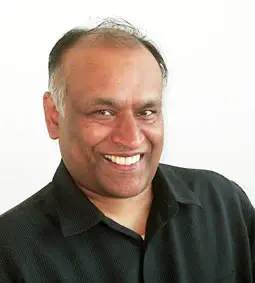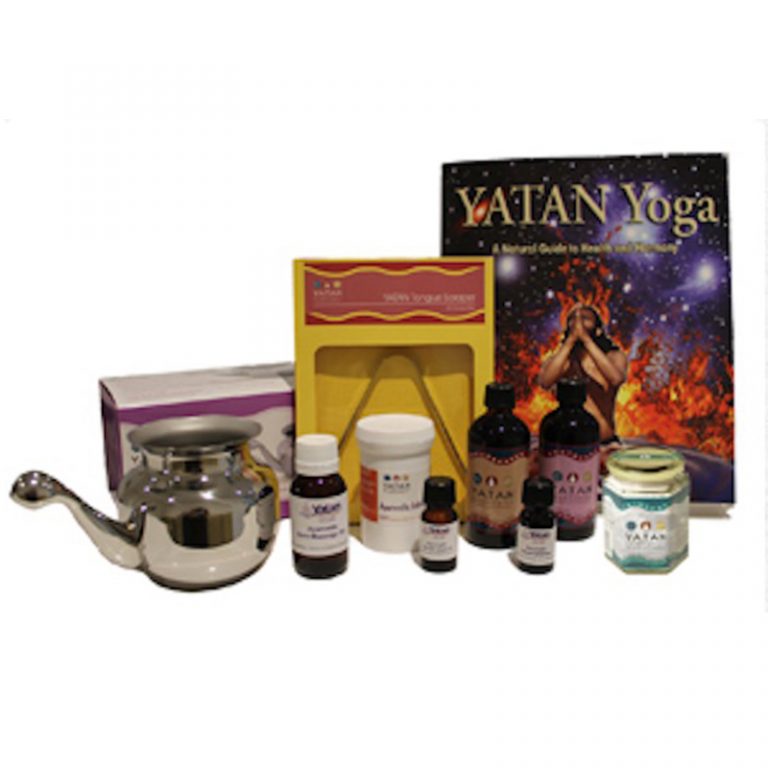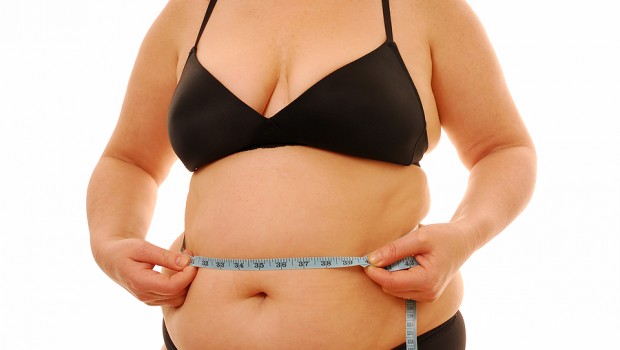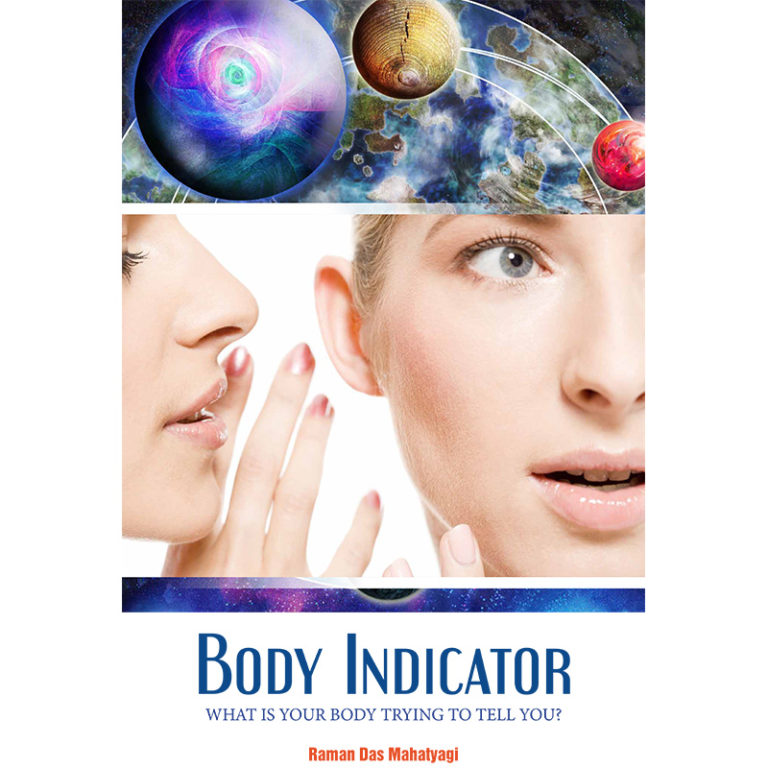
The Art of Observation – Diagnosis without X-rays or Microscopes (Part 2)
The eyes never lie…
The eyes tell us a lot about the body’s mineral status, and how well the body is absorbing nutrients, as well as providing information about liver and pancreatic function. They can also be an indicator of neurological problems.
For example,
- Small red dots on the eye can be an indicator of mineral deficiencies.
- White coloration under the eye can indicate anaemia. The body is unable to absorb sufficient iron or to retain it. The liver function is compromised.
- Brown spots in the eye can indicate a liver and/or gall bladder problem.
- Eyelid disorders point to the pancreas whereas cysts and inflammation on the eyelids show that there is an accumulation of toxins necessitating a detoxification of the liver.
- A heaviness of the eyes is also often a sign of liver stress.
The skin is the largest organ in the body and from its texture we can learn about gut function, inflammatory processes through free radical activity, and the rate of aging. In different places it tells different stories.
The nails will often show signs of mineral deficiencies. Splitting, ridges and white marks are all indicative of problems to come. Calcium deficiency is often involved.
The teeth too can tell a story. Yellowing of the teeth in spite of regular cleaning shows excess gut acidity. Cavities in the teeth show calcium deficiency; the body, being in need of more calcium, leaches it from the teeth.
The condition of the muscles – how they contract and whether they are in a state of decline gives an insight into the functioning of the endocrine system and hormone activity. The joints are also examined for inflammation and pain as indicators of the onset of arthritis.
Pressing into several parts of the body can be revealing. If pressing at the root of the thumb is painful on either side this is a forewarning of arthritis. If pressure on the calf causes temporary ‘pitting’ there is a problem with the liver and/or the lymphatic system. Pain on applying pressure to the heel indicates a calcium deficiency, which could lead to osteoporosis.
The patient will be asked relevant questions regarding diet and lifestyle as ill health is seen to be inextricably connected with improper habits in these areas. Questions will also deal with such matters as elimination, as frequency of urination and bowel movements help us to understand problems with absorption and enzyme activity. The current state of health is compared with how the patient normally feels.
This is just an outline of the type of approach that can be expected in an Ayurvedic consultation. Additionally, the practitioner will take personal factors into account, such as a patient’s place of birth, the climate, culture and diet, and any relevant emotional and mental considerations. With the information so obtained a personalised dietary, lifestyle and Ayurvedic treatment programme tailored to the individual can be drawn up, with a view to restoring balance and lasting good health.



